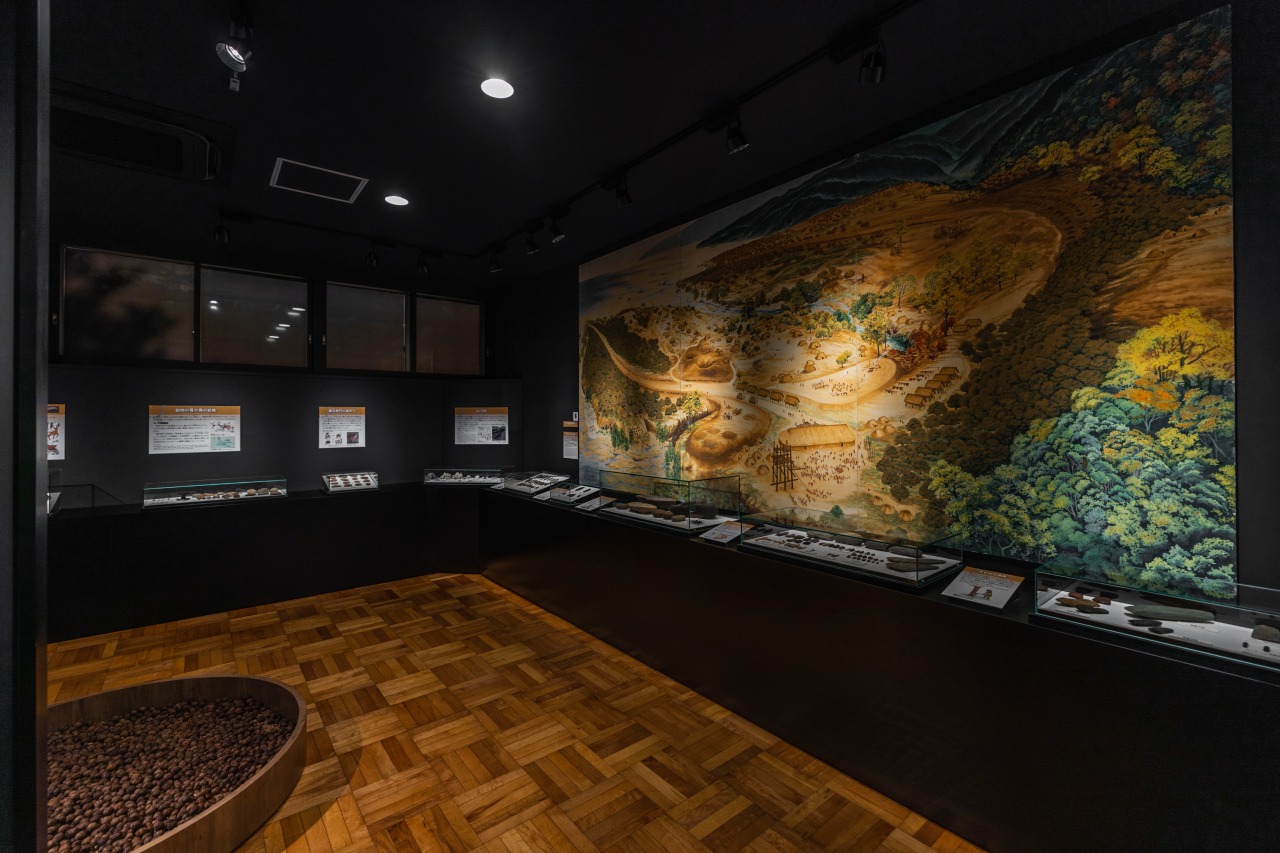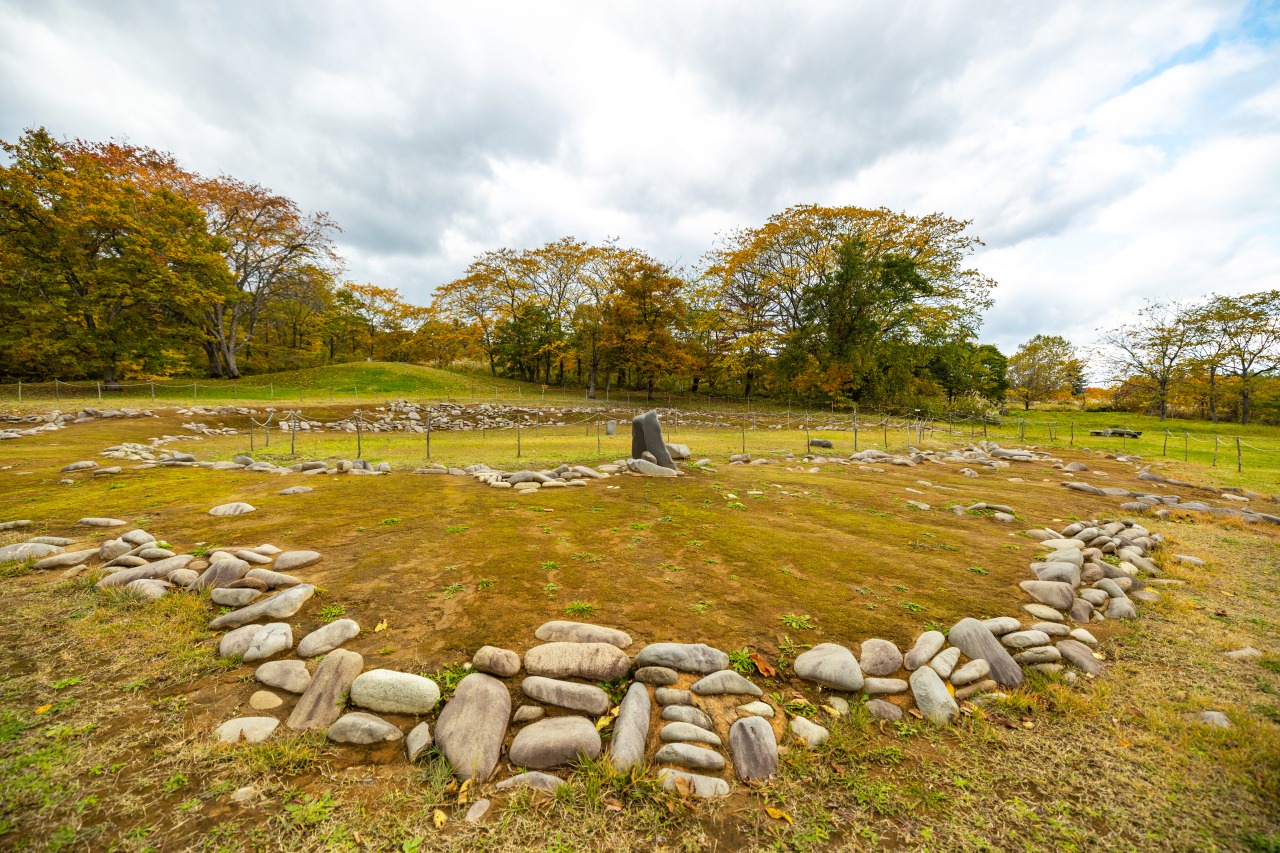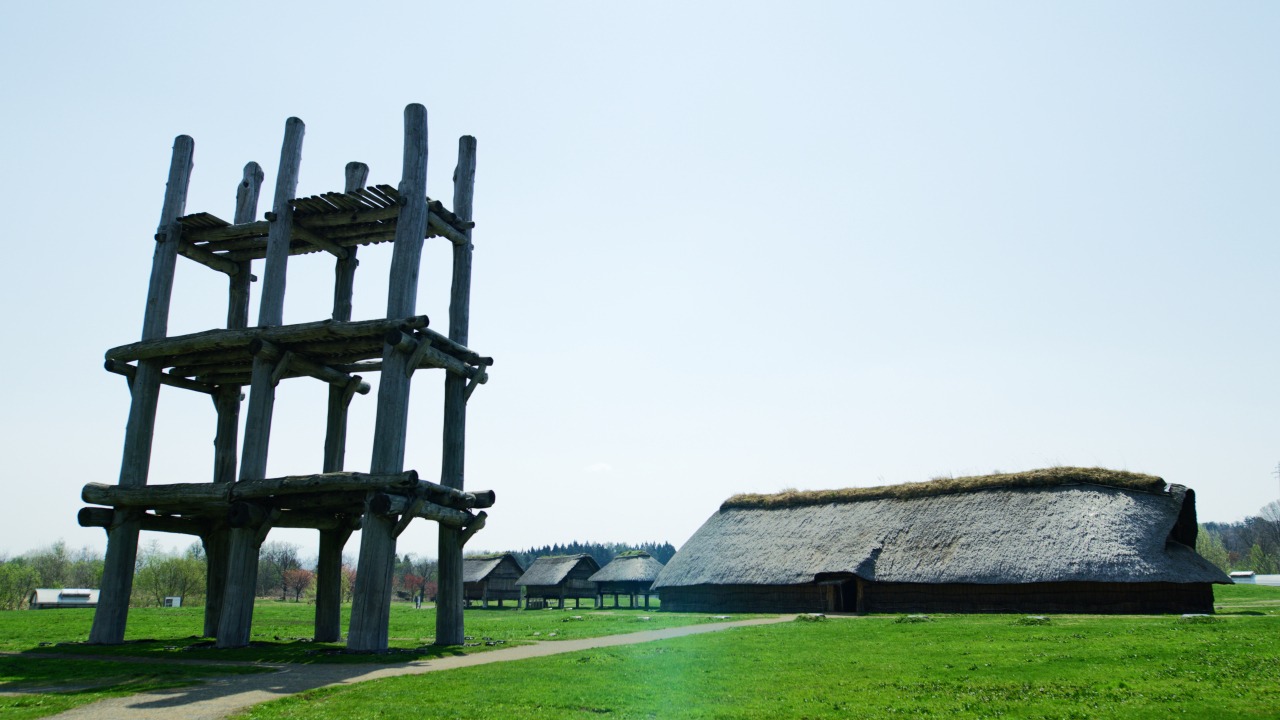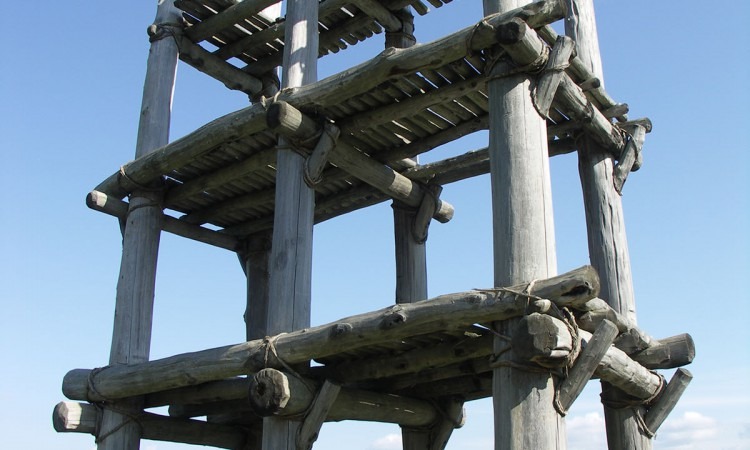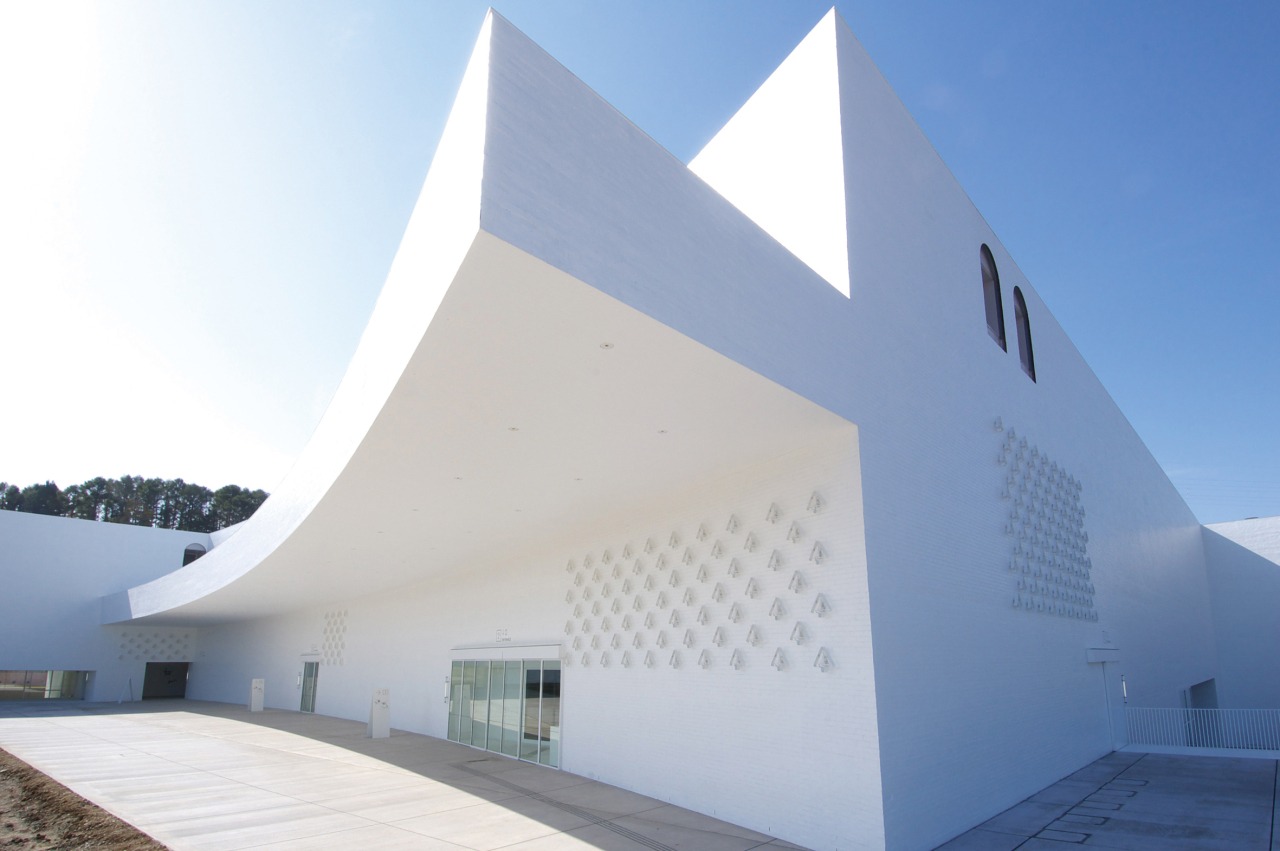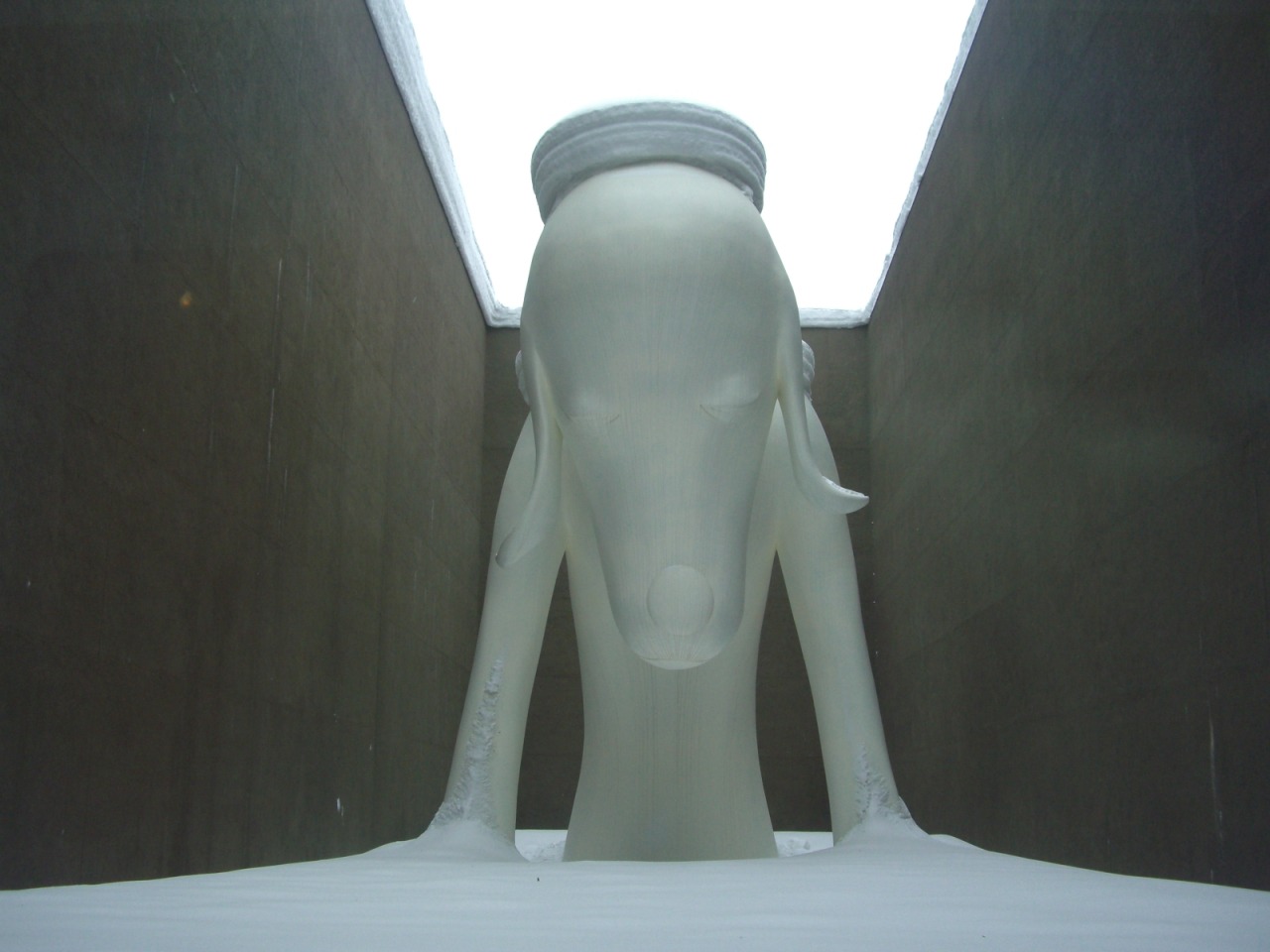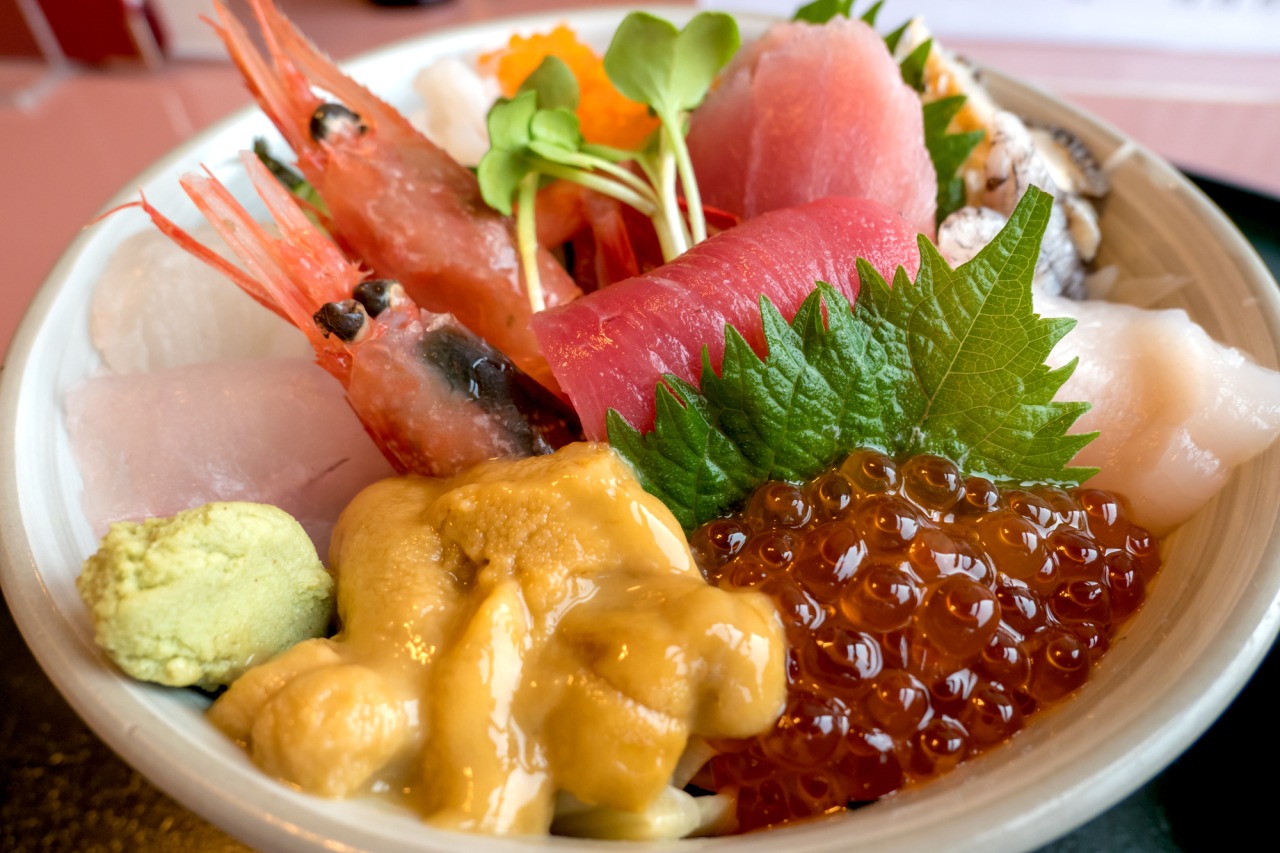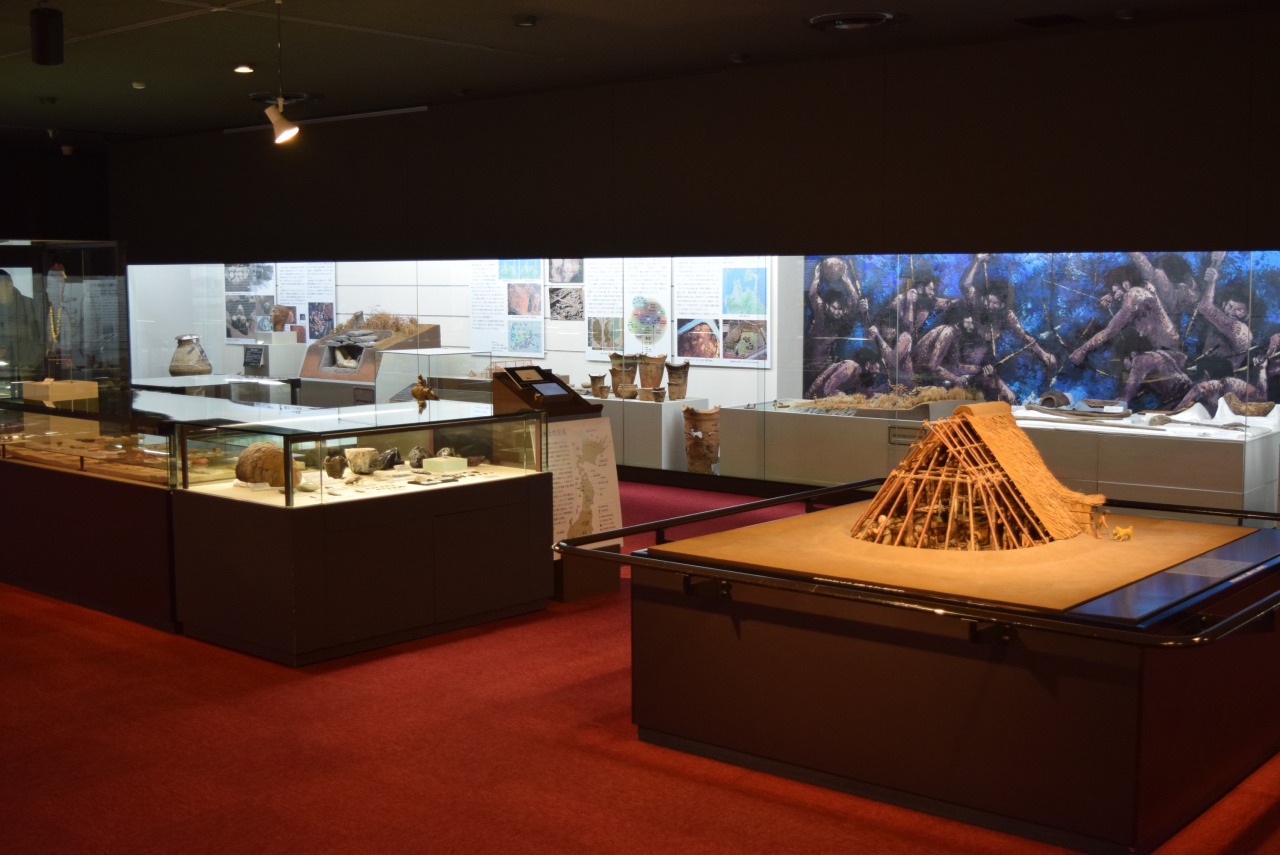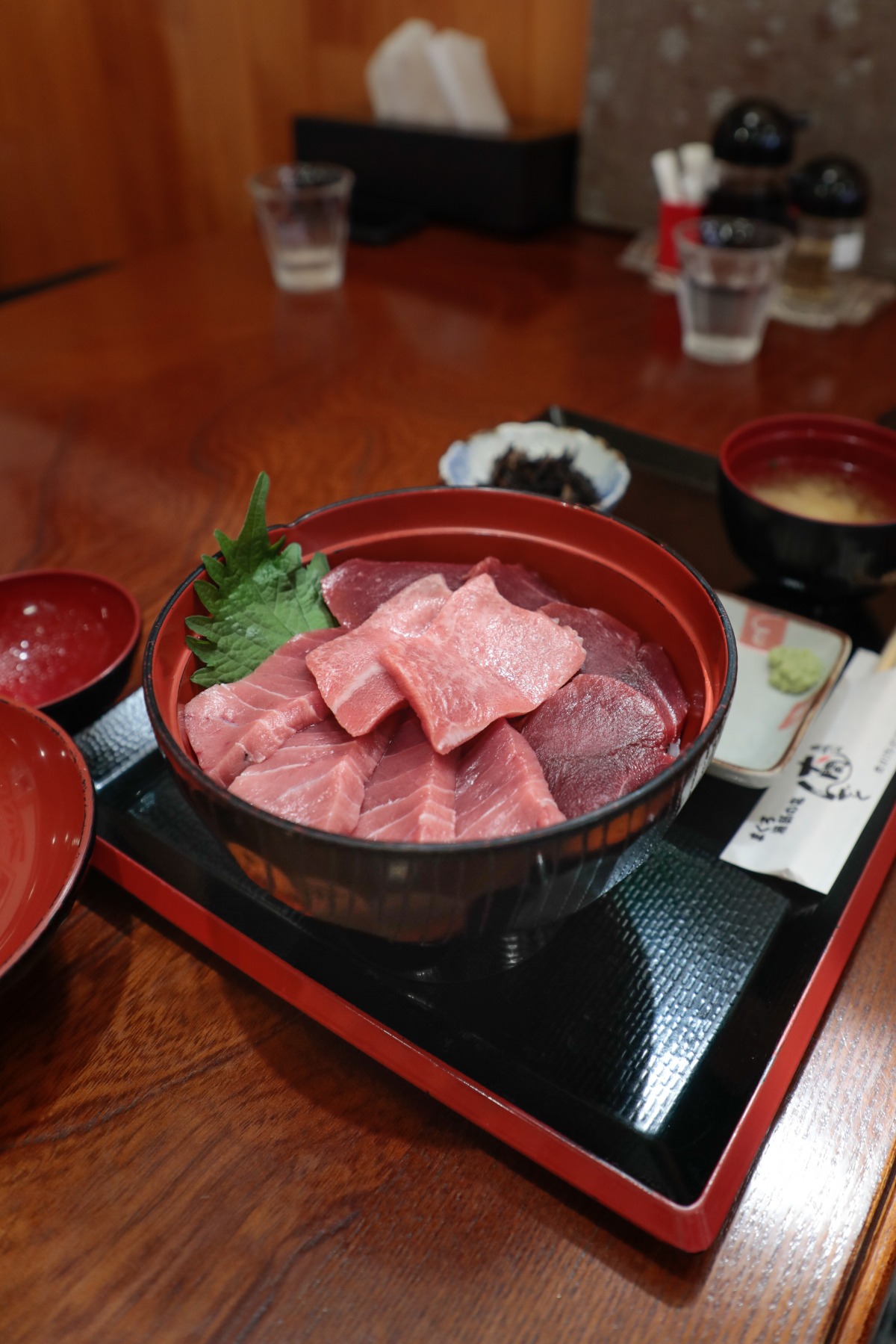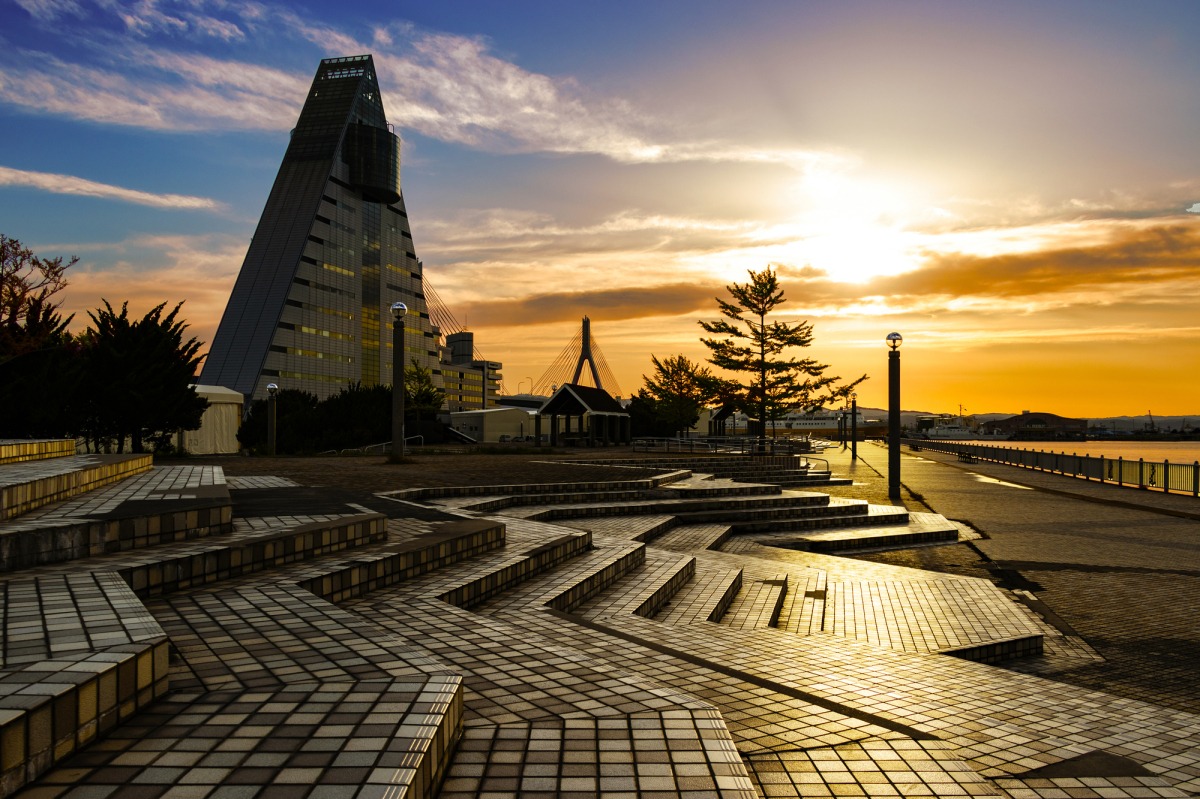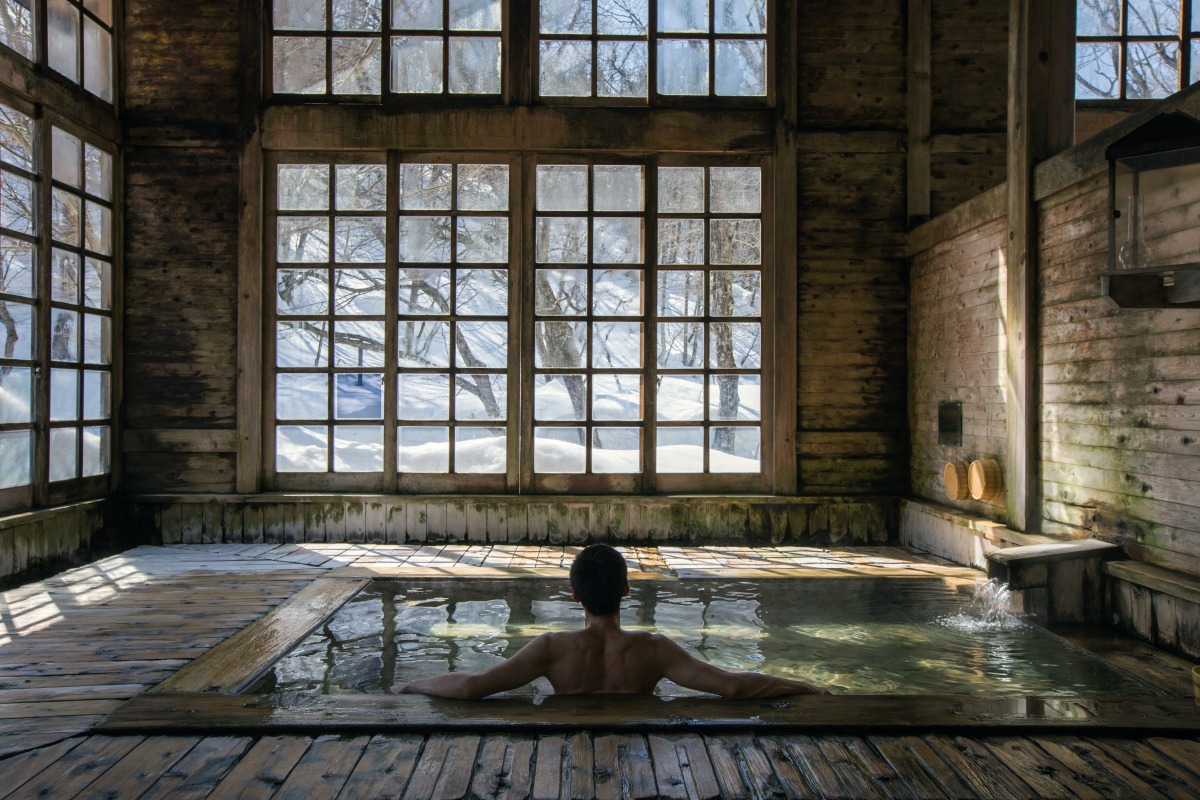Aomori Jomon Tour-Aomori Area-
- Suggested Time
- 2 days / 1 nights
- Transport Options
- Drive
- Season
- All year around
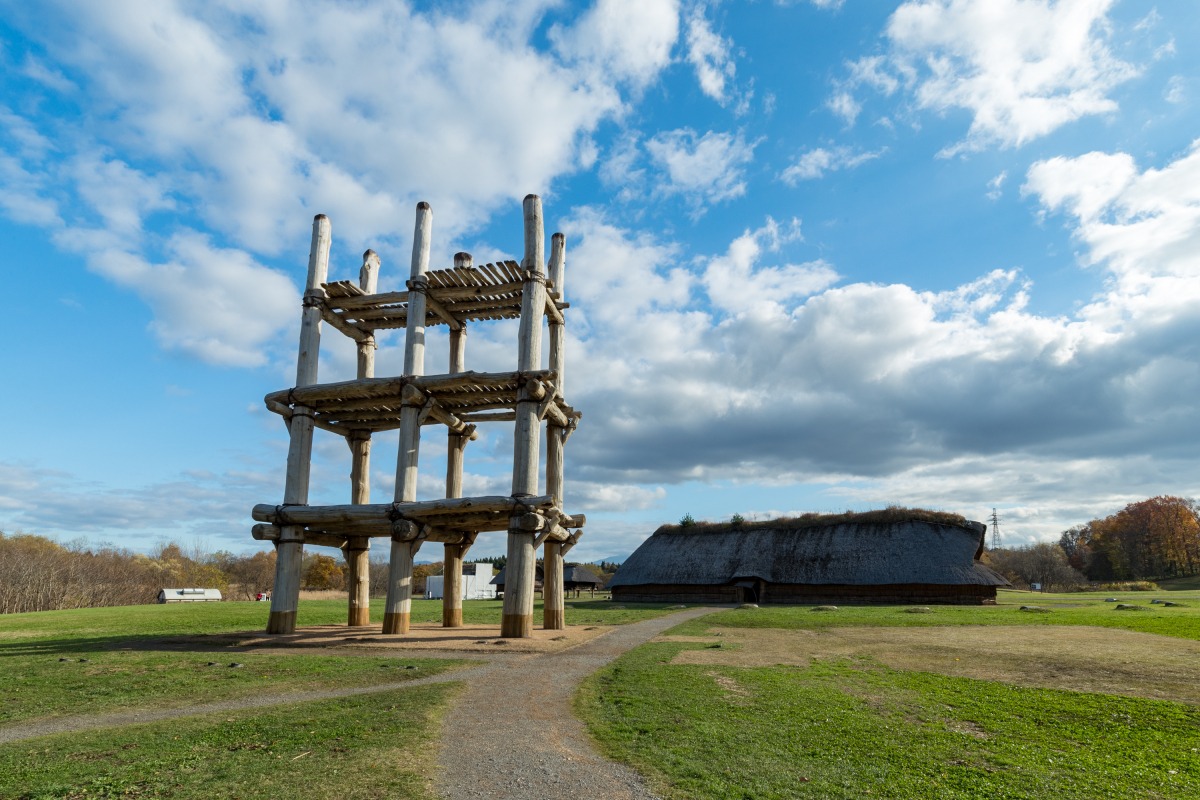
Introducing a course that goes around the Jomon archaeological site centering on Aomori City.
The "Hokkaido / Northeastern Jomon Archaeological Sites", which was registered as a World Cultural Heritage site in July 2021, consists of 17 archaeological sites, 8 of which are located in Aomori Prefecture.
It is a valuable cultural heritage that conveys the lifestyle and spiritual culture of pre-farming people who have been engaged in collecting, fishing and hunting for over 10,000 years.
Jomon Learning House, Komakino-kan
The Jomon Learning House Komakino-kan was renovated from the former Nozawa Elementary School (about 1.5 km from the Komakino Ruins), which was closed in 2012, and serves as a base for the protection of the Komakino Ruins, including the display and storage of excavated artifacts and the dissemination of information about the ruins.
With an exhibition room on the first floor, a special exhibition room, a hands-on learning room, and a storage room for excavated items on the second floor, everyone from children to the elderly can enjoy learning about the Komakino Site.
- Address
- Sawabe-108-3 Nozawa, Aomori City, Aomori Prefecture
- Telephone Number
- 017-757-8665
- Opening Times
- 9:00~17:00
- Closures
- 12/29 – 1/3
Komakino historical site
The Komakino Site is characterized by one of the largest stone circles in Japan, which was created in the first half of the late Jomon period, and is located on a tongue-shaped plateau between the Arakawa and Iriuchi Rivers in Aomori City's Nozawa-Aza Komakino area.
The Komakino site's stone circles are 55 meters in diameter. These stones are thought to have been transported from the Arakawa River area about 500m to 1km east of the site, so it is not hard to imagine that they must have been quite labor intensive.
The way of laying out the stones is different from other archaeological sites in that the stones are not just laid out horizontally, but are placed vertically in an oval shape, and several flat stones are placed on both sides to form a three-dimensional stone wall. This method, which is rare in Japan, is called "Komakino style" arrangement (stone arrangement).
In addition to traces of daily life such as pit dwellings, many other artifacts have been found, especially triangular rock slabs, which are representative of the Komakino site, and more than 400 of them have been confirmed so far. It is thought that these rock slabs were used in places where many people gathered for rituals.
The Jomon Learning House Komakino-kan, located near the ruins, is a guidance facility that was renovated from an abandoned elementary school. Excavated artifacts and explanatory panels are on display, and visitors can enjoy learning about the Komakino Ruins. At the museum store, unique and playful goods such as "Jomon Dogu Knit Cap" are available, so be sure to check it out.
In July 2021, the Jomon Monuments of Hokkaido and the Northern Tohoku Region, consisting of 17 sites in Hokkaido, Aomori, Iwate, and Akita Prefectures, were registered as a World Heritage Site by the United Nations Educational, Scientific and Cultural Organization (UNESCO).
The "Jomon Sites of Hokkaido and the Northern Tohoku Region" in Aomori Prefecture are the following eight sites. Please visit the World Heritage sites in Aomori Prefecture.
Sannai-Maruyama Site
Komakino Site
Omori Katsuyama Site
Korekawa Stone Age Site
Tagoyano Shell Mound
Kameoka Stone Age Site
Ohira-Yamamoto Site
Futatsumori Shell Mound
Sannai-Maruyama Historical Site
Sannai-Maruyama Historical Site is one of Japan’s largest historical sites consisting of remains of human settlement from approximately 5500 to 4000 years ago. The site features several pit-houses and stilt-houses unearthed since archeological excavation began in 1992. The excavation has also uncovered various earthenware and stoneware artifacts, as well as those composed of jade and skillfully created lacquer. These findings were of great significance as it provided us with a new image of the Jomon culture.
In 1994, Aomori Prefecture decided to preserve the site upon consideration of the site’s historical significance. In November 2000, Sannai-Maruyama Historical Site was designated as a National Special Historical Site of Japan.
Nominating the Jomon Historical Sites for a World Heritage Site
In addition to Sannai-Maruyama Historical Site, there are many historic sites from the Jomon period demonstrating Jomon culture throughout Hokkaido and northern Tohoku area. Considering the historical and cultural significance of the sites that must be preserved for future generations, there is currently a plan to nominate the Jomon Historic Sites in Hokkaido and Northern Tohoku for World Heritage Site.
Learning about the Jomon Culture
At the Sannai-Maruyama Historical Site, within the Jomon Jiyukan (Park Center), visitors can view artifacts from the excavation site on display. Additionally, visitors can try their hand at craftwork inspired by Jomon culture. English speaking volunteer guides attend to help upon reservation.
- Address
- 青森市三内丸山305
- Telephone Number
- 017-781-6078
- Opening Times
- ・Jomon Jiyukan (Park Center) 9:00~17:00
*Open until 18:00 during Golden Week and the period of June 1st to September 20th
・Hokusaikan (Souvenir Shop) 9:00~17:00
・Restaurant
(May-October) Food 11:00~15:00, Drinks 10:30~17:00
(November-April) Food 11:00~14:00, Drinks 10:30~16:30
*Opening hours may change due to special events. - Closures
- ・December 30th- January 1st
・Other designated days for site maintenance
Aomori Prefectural Art Museum
A museum where you can experience first-rate contemporary art works
The Aomori Museum of Art exhibits works by Shiko Munakata, Yoshitomo Nara, Toru Narita, and other artists associated with Aomori Prefecture. The distinctive building of the museum was designed with inspiration from the adjacent World Heritage Site of Sannai-Maruyama, and the building itself is highly regarded as a work of art. In the "Aleko Hall", a huge space in the center of the museum, the background paintings of the ballet "Aleko" by Marc Chagall are exhibited in cooperation with the Philadelphia Museum of Art. Yoshitomo Nara's huge three-dimensional work, "Aomori Dog," is one of the museum's most famous pieces.
- Address
- 青森市安田字近野185
- Telephone Number
- 017-783-3000
- Opening Times
- 09:30-17:00 (admission until 16:30)
- Closures
- The second and fourth Monday of every month
Year-end and New Year holidays
Furukawa Fish Market Nokke-don
For those looking for a bite around Aomori station, look no further. The “Nokke-don” at the local’s kitchen, Aomori Gyosai Center (also known as Furukawa Fish Market), is a must-eat. Nokke-don, which literally means a rice bowl with toppings, is a dish allowing customers to pick toppings from the wide selection to place on top of rice. Whether you want to try a variety of things or enjoy both seafood and meat, it is the ultimate rice dish for choosy eaters.
How to Enjoy Your Original Don
Do you want to try rare ingredients and dishes? Done. Or do you want to eat your favorites as much as possible? Done. Customers can make their original-don with the wide selection of product within the market.
1. Buy a ticket at the Information Desk or one of the selected shops.
2. Go to a shop with the orange flag and get a bowl of rice in exchange with the ticket.
3. Find your toppings and make your don with your preferred choice of ingredients and amount. There is a wide selection of sashimi, meat, and side dishes.
4. Your Original-don is ready! Enjoy your don at the rest area of the market.
*Take-out or shipping of the Nokke-don is not available.
- Address
- 青森市古川1-11-16
- Telephone Number
- 017-763-0085
- Opening Times
- Nokke-don Hours: 7:00 ~ 16:00 *Each shop hour varies.
- Closures
- Every Tuesday
January 1st – 2nd
*Possible unscheduled temporary closure.
Odai Yamamoto Site
The Odai YamamotoSite is located in Togahama Town, Higashitsugaru-gun, Aomori Prefecture, and dates from the late Paleolithic to the early Jomon period.
The site is located on a river terrace on the left bank of the Kanida River, which flows into Mutsu Bay, and pottery shards and stone arrowheads were excavated, along with a group of stone tools characteristic of the late Paleolithic period. It is believed that pottery was not yet made during the Paleolithic period, but this site is considered to be a valuable site from the time of the transition from the Paleolithic to the Jomon period, as fragments of pottery were unearthed along with stone tools similar to those of the Paleolithic period.
The unearthed pottery fragments are called "unmarked pottery fragments" because they do not have any decoration such as rope inscriptions or pasting, and dating revealed that they are about 15,000 years old.
These pottery shards, the oldest in Japan, are on display at the Daisen Furusato Museum, a guidance facility in a closed elementary school. Why don't you feel the atmosphere of the old school building and think about the life of the people in ancient times?
In July 2021, the "Jomon Sites of Hokkaido and the Northern Tohoku Region," consisting of 17 sites in Hokkaido, Aomori, Iwate, and Akita Prefectures, was registered as a World Heritage Site by the United Nations Educational, Scientific and Cultural Organization (UNESCO).
The "Jomon Sites of Hokkaido and the Northern Tohoku Region" in Aomori Prefecture are the following eight sites. Please visit the World Heritage sites in Aomori Prefecture.
Sannai-Maruyama Site
Komakino Site
Omori Katsuyama Site
Korekawa Stone Age Site
Tagoyano Shell Mound
Kameoka Stone Age Site
Odai Yamamoto Site
Futatsumori Shell Mound
Cultural Museum of Aomori
This Facility is Carrently Closed
Cultural Museum of Aomori is a comprehensive museum built as a part of the project to commemorate the 100th anniversary of Meiji.
The building that houses the Cultural Museum (former Aomori Bank, Main Bank) was completed on November 24, 1931 as the Aomori branch of the 59th National Bank (later Aomori Bank). On April 1, 1969, the building was handed over to the prefecture, and following slight renovations, it opened as the Main Hall of the Cultural Museum of Aomori. On November 21, 2003, the former main office of the Aomori Bank, (approximately half of the area of the Cultural Museum of Aomori), including the Main Hall, was registered as a tangible cultural property.


